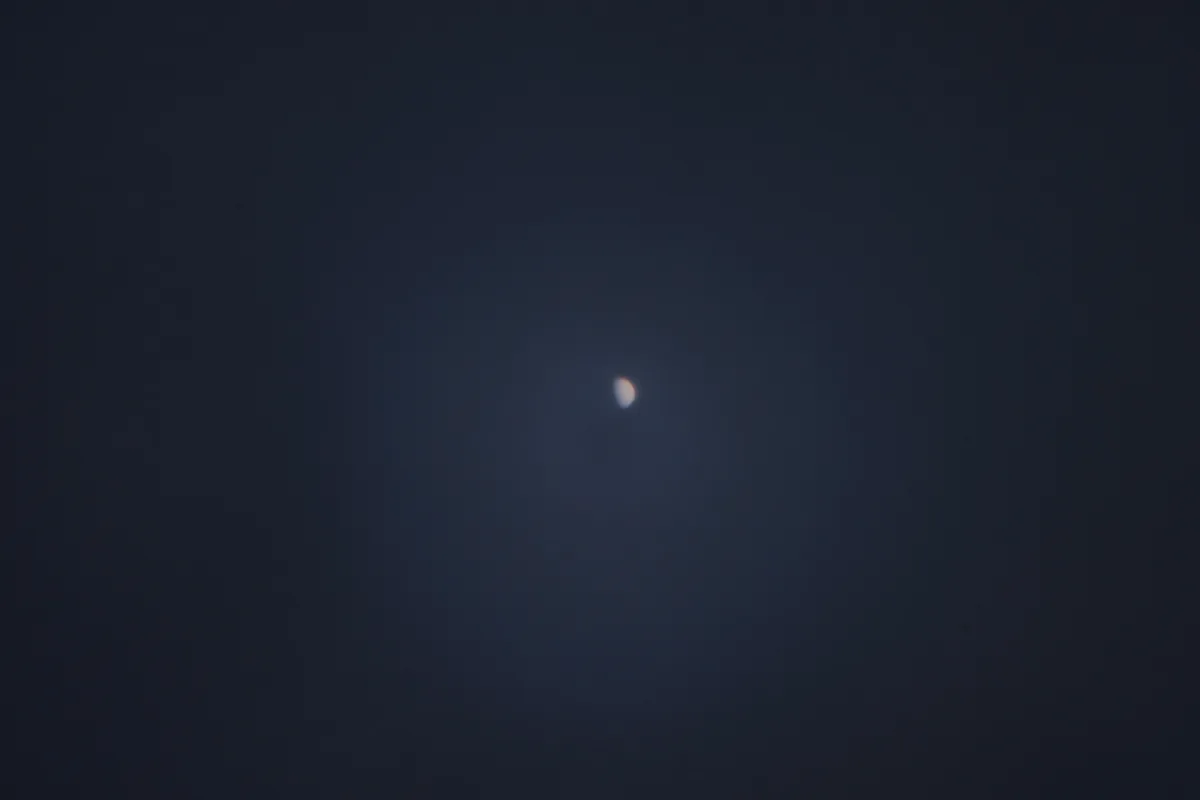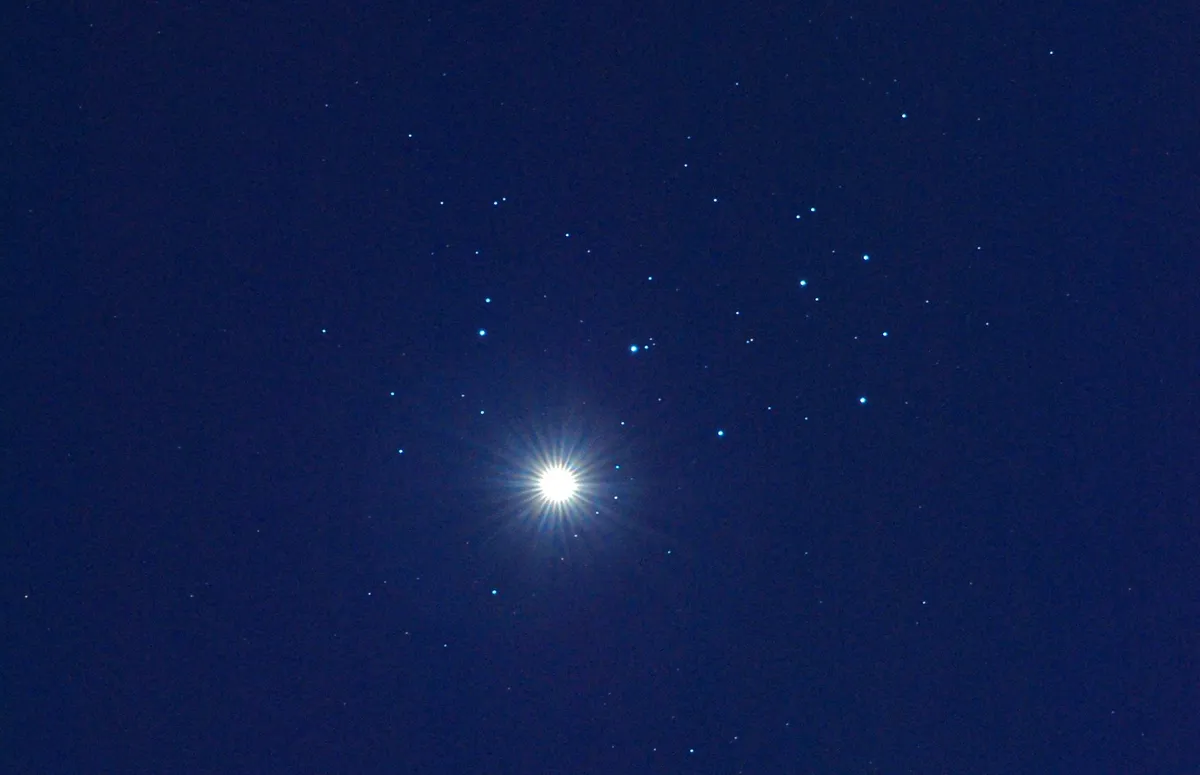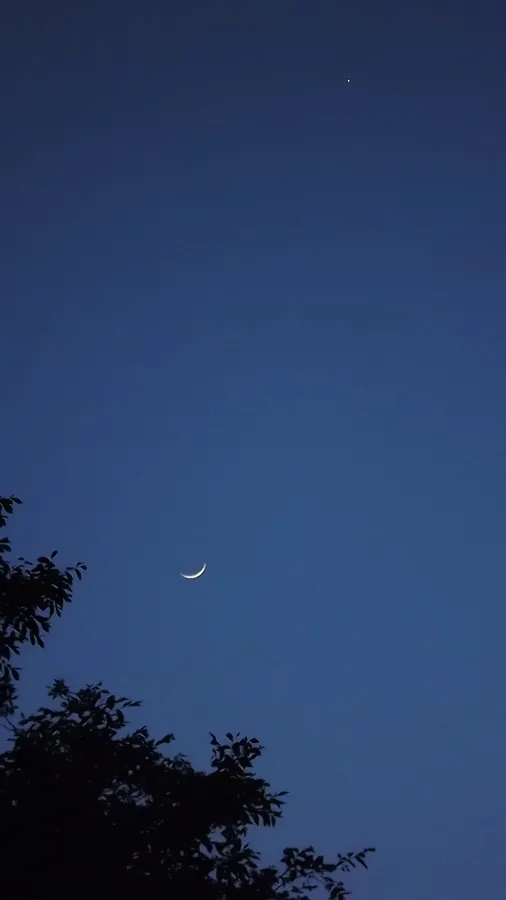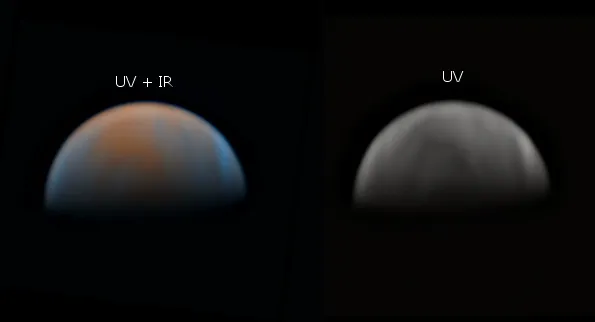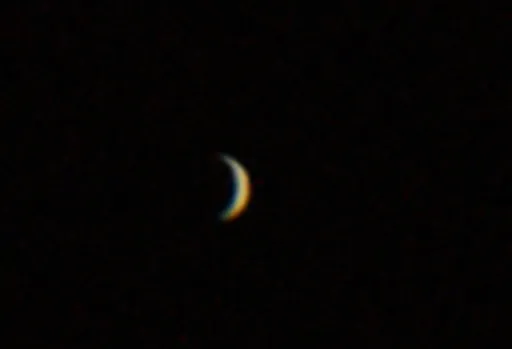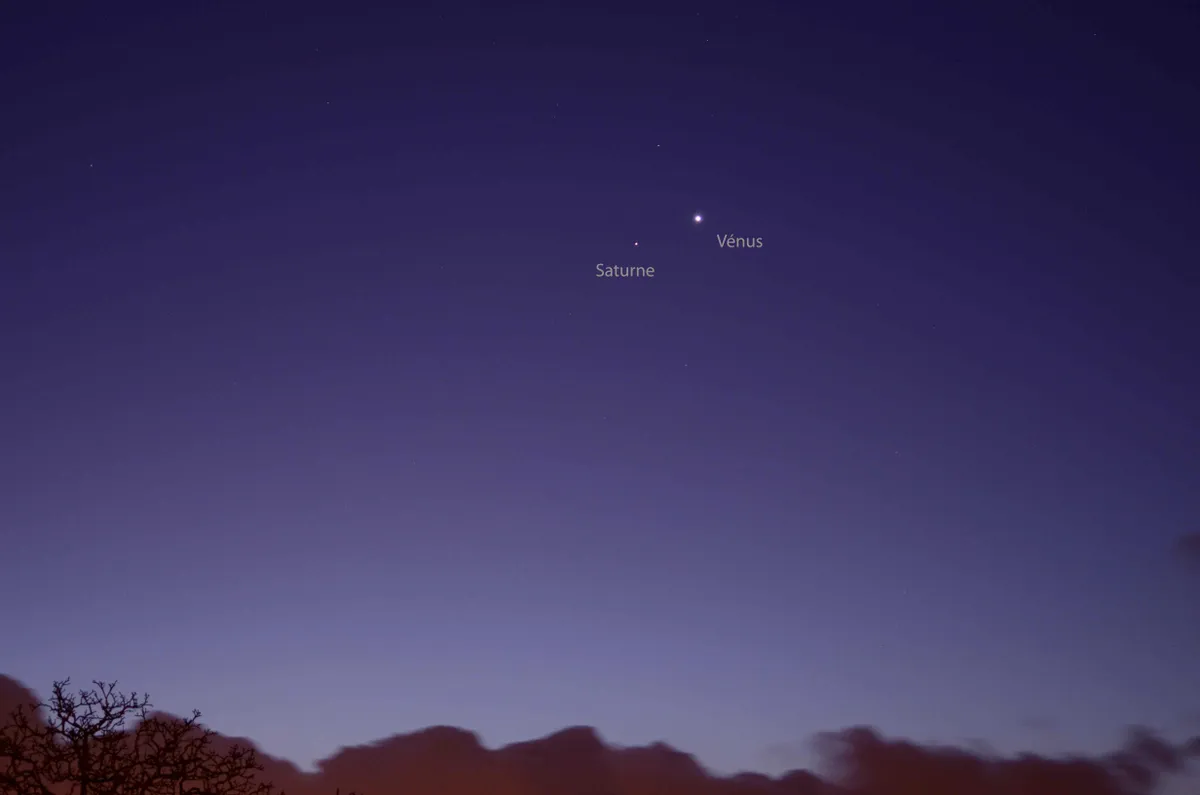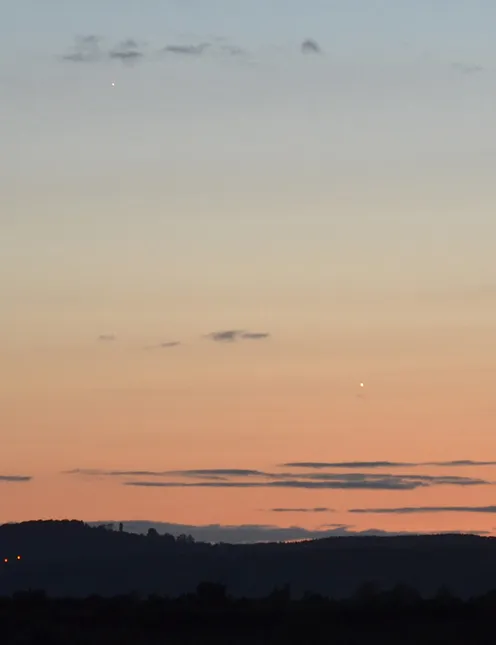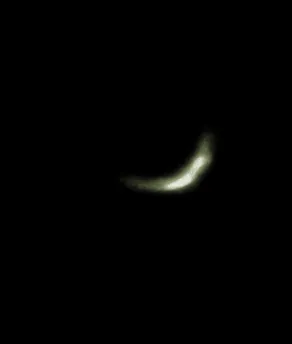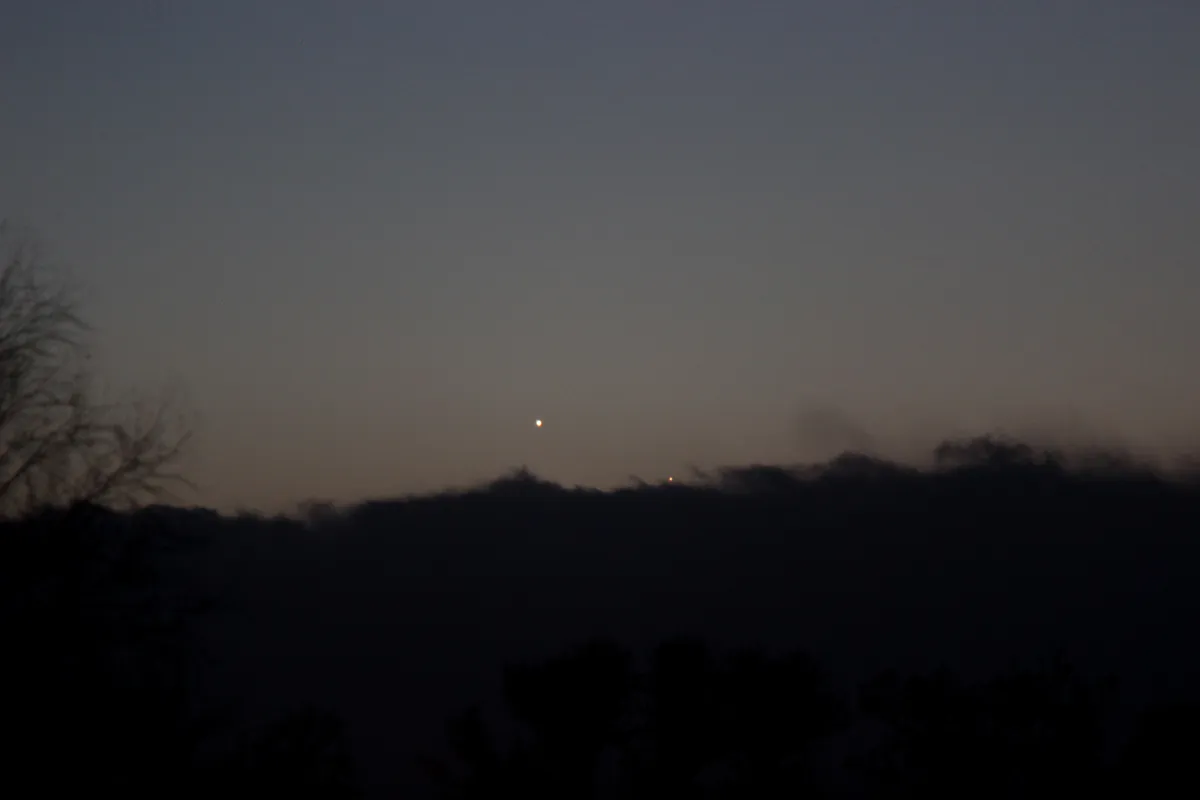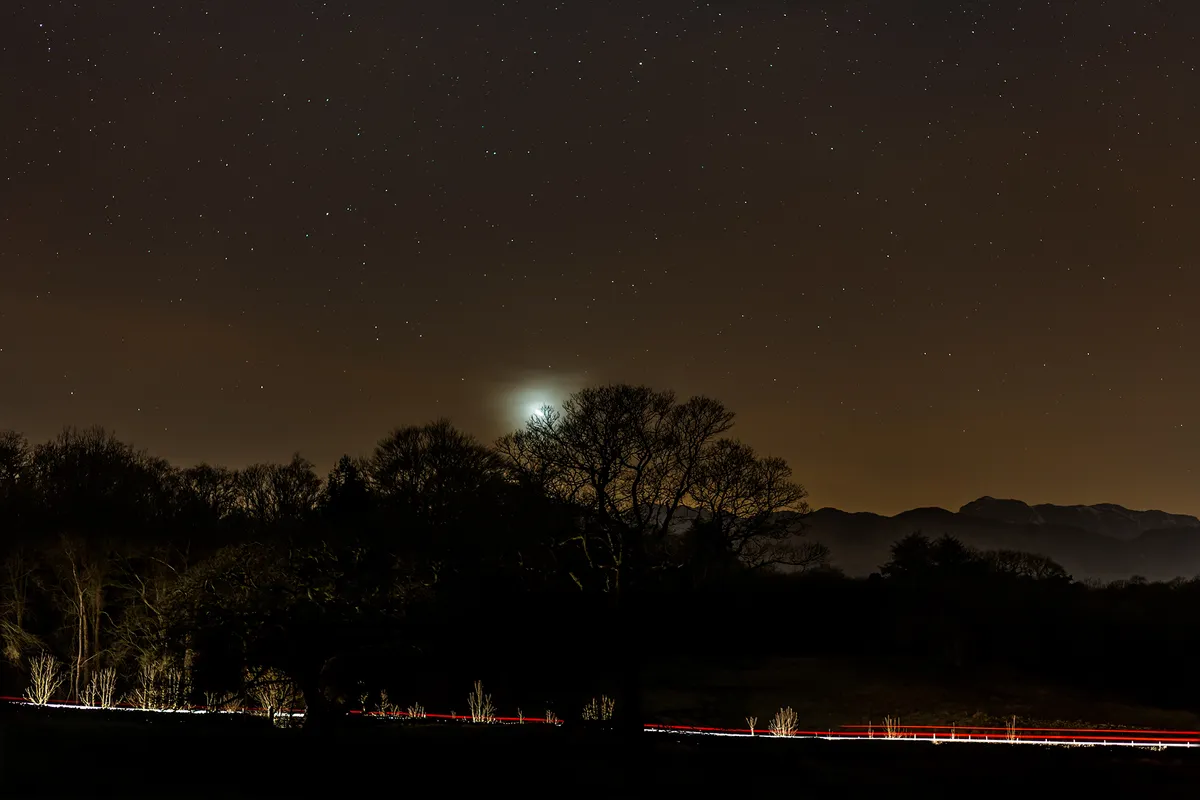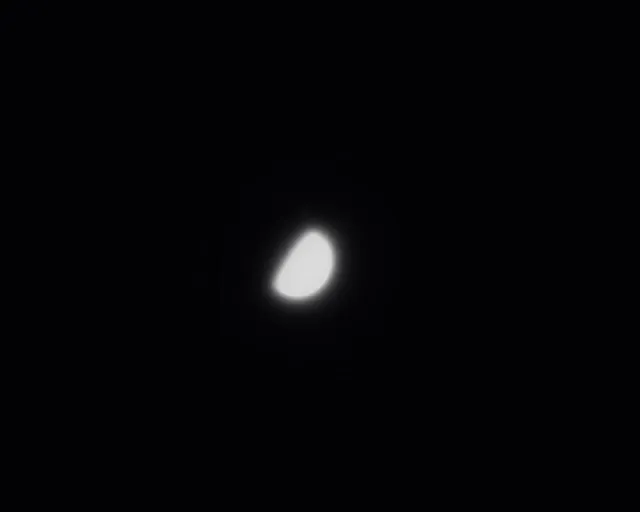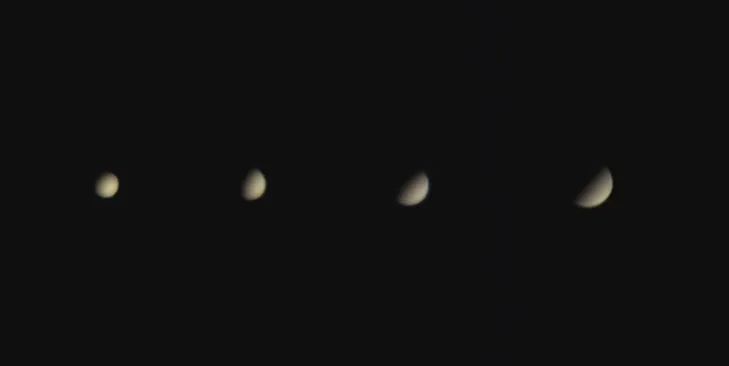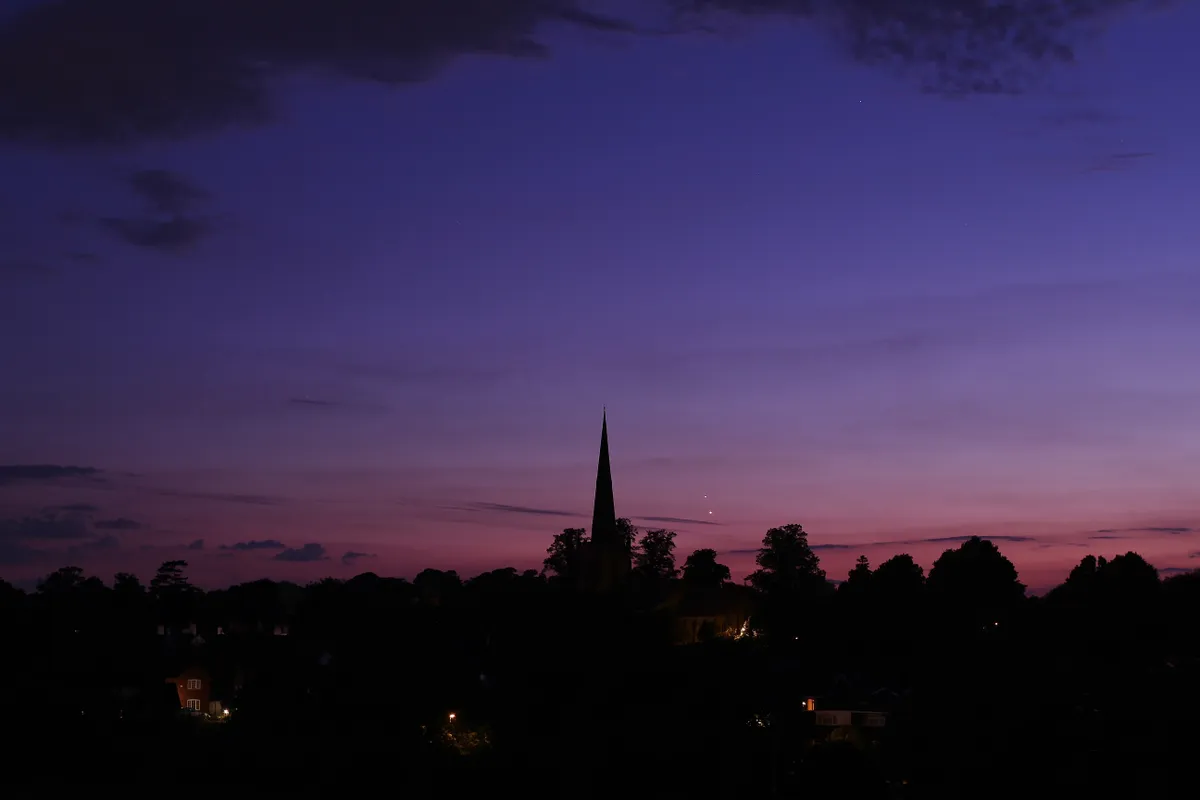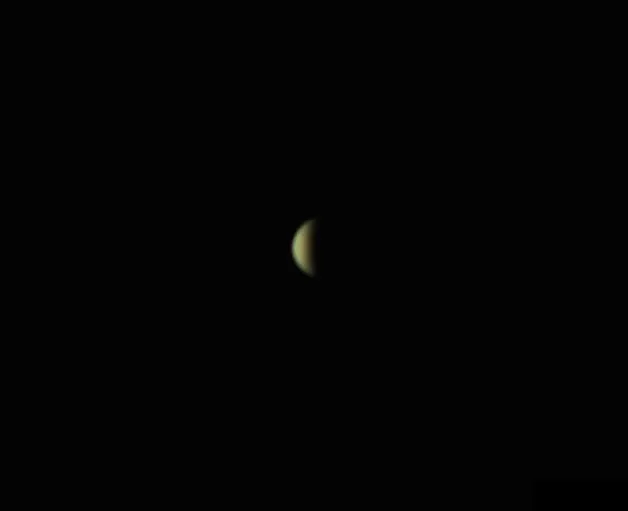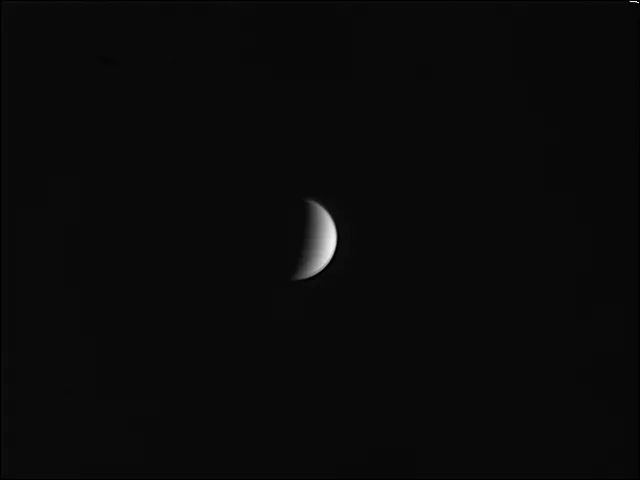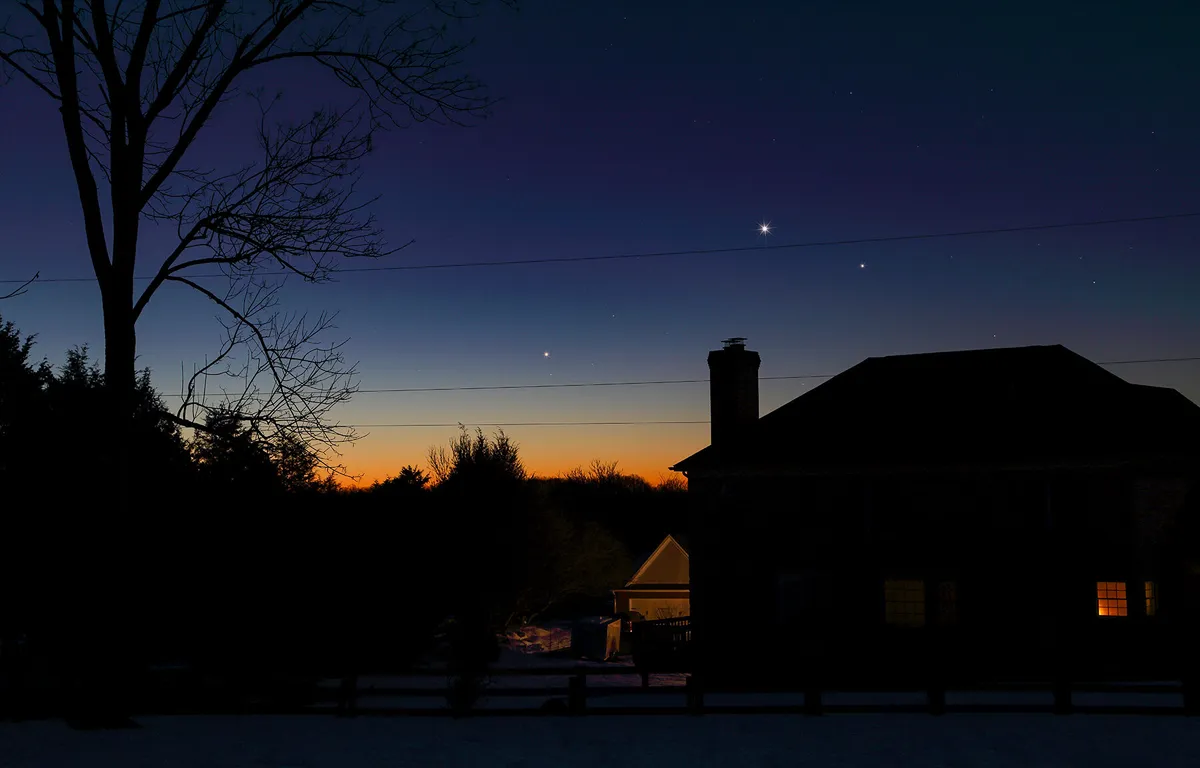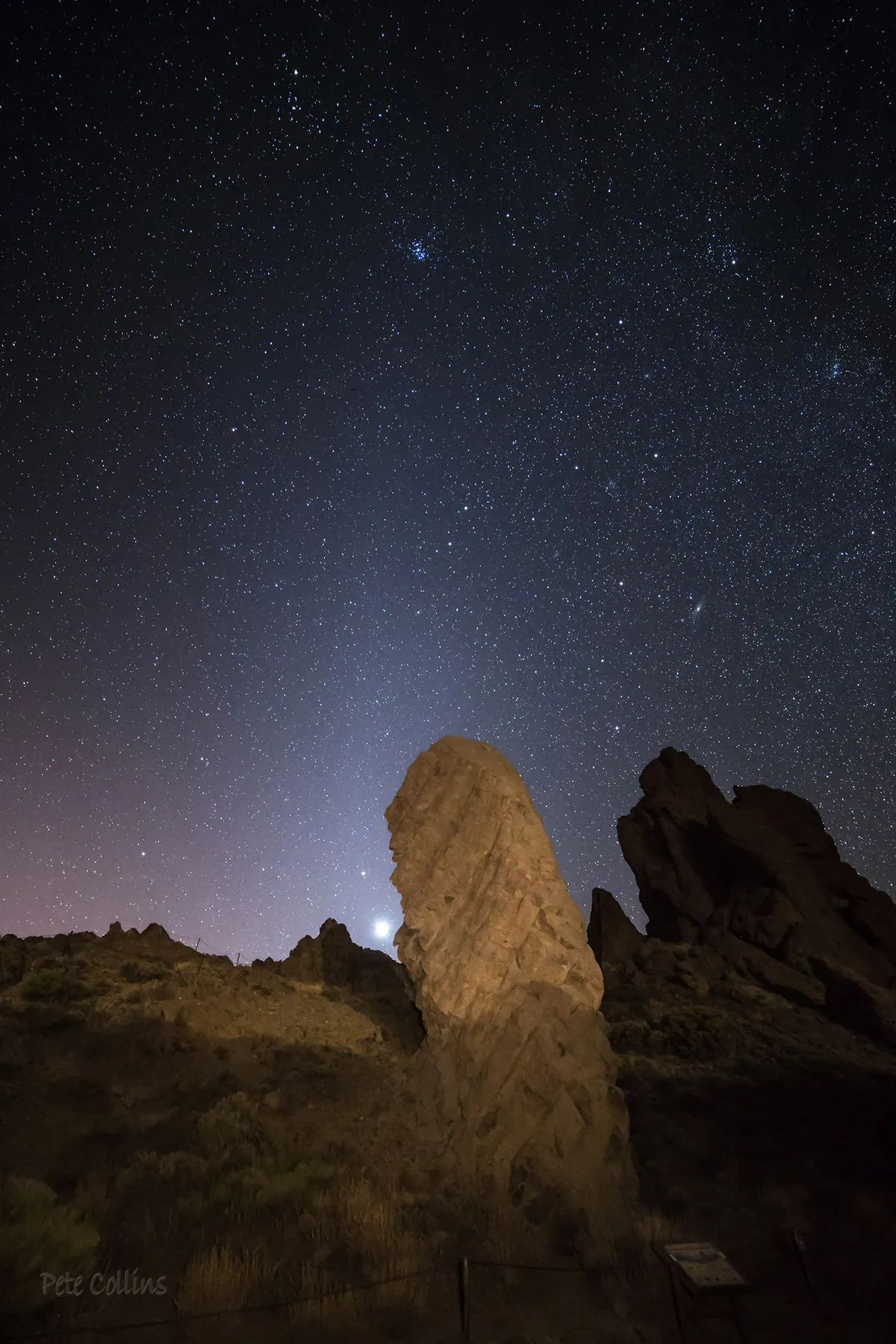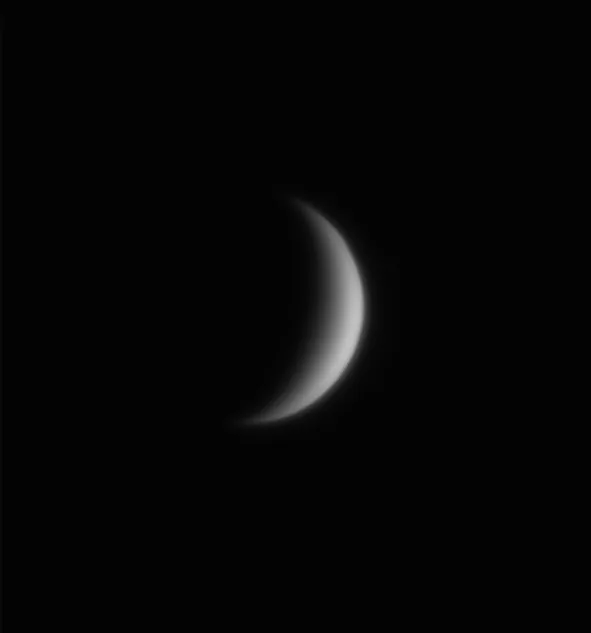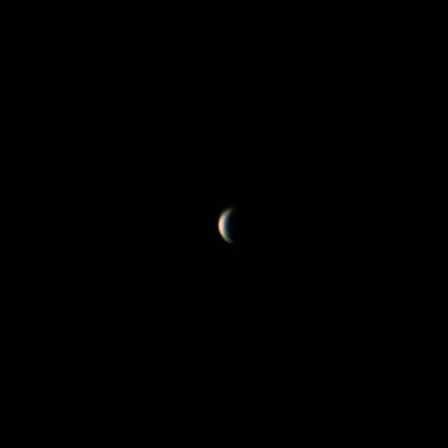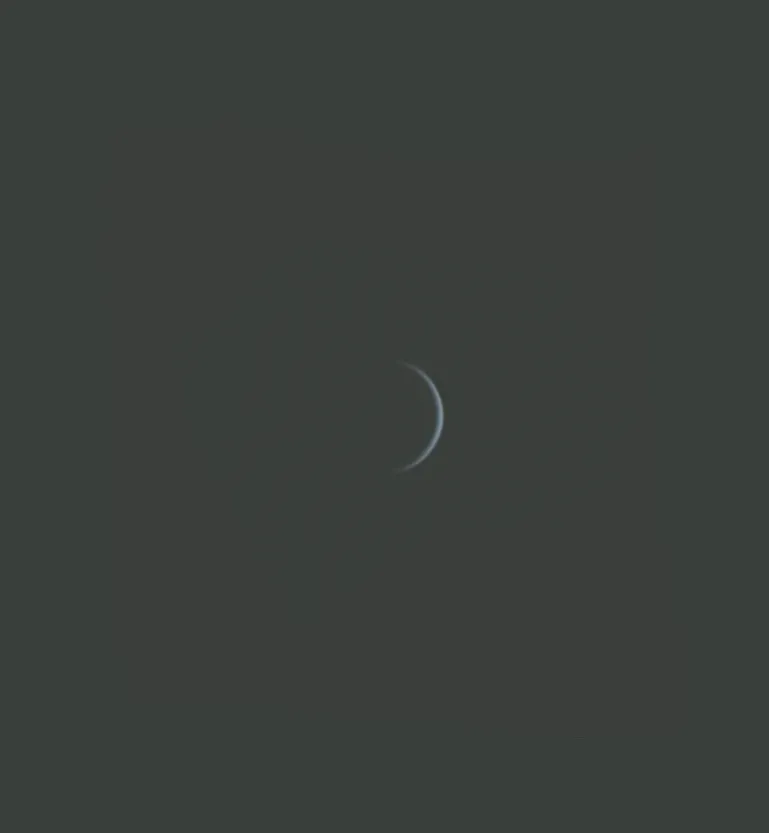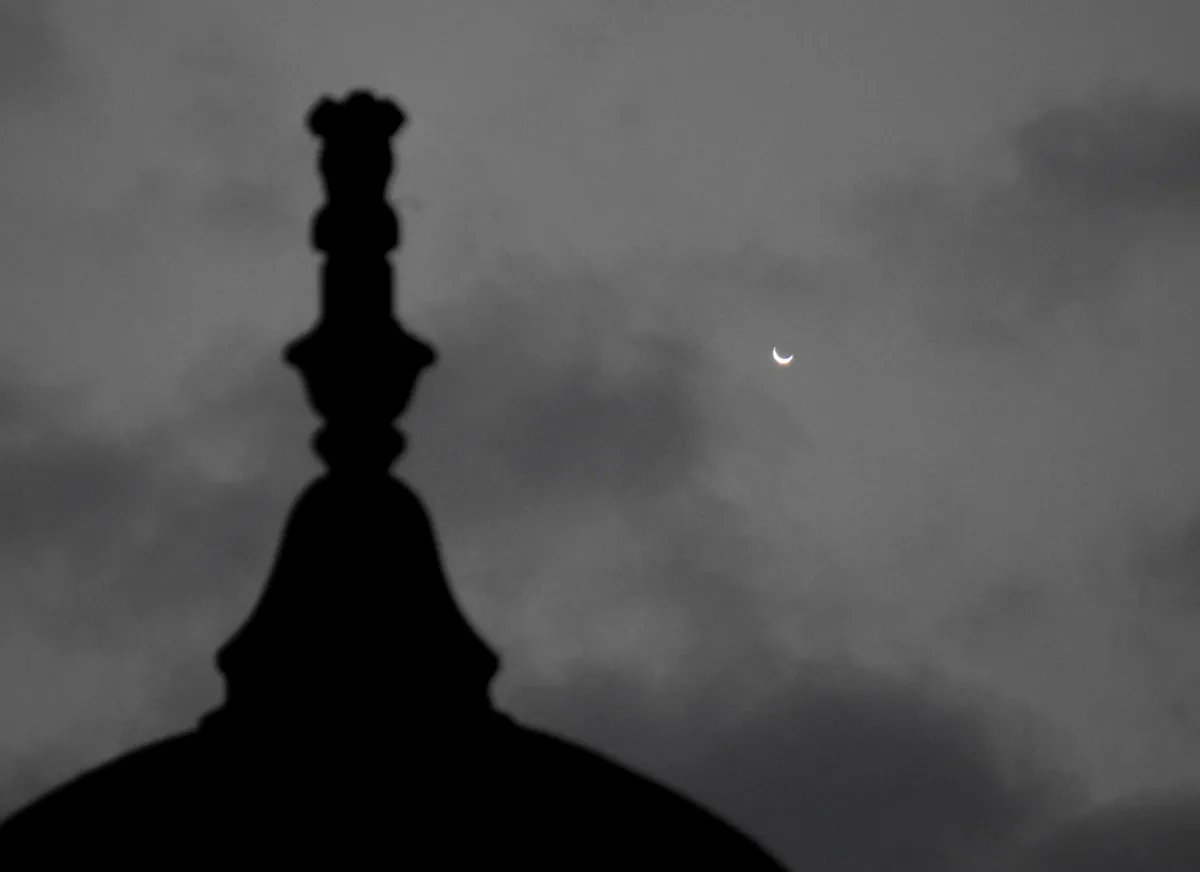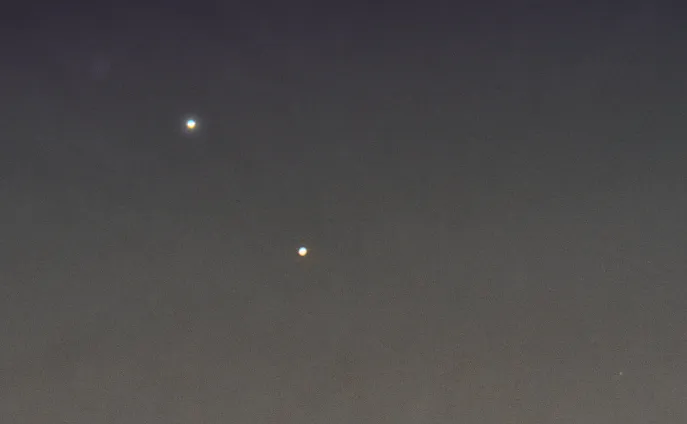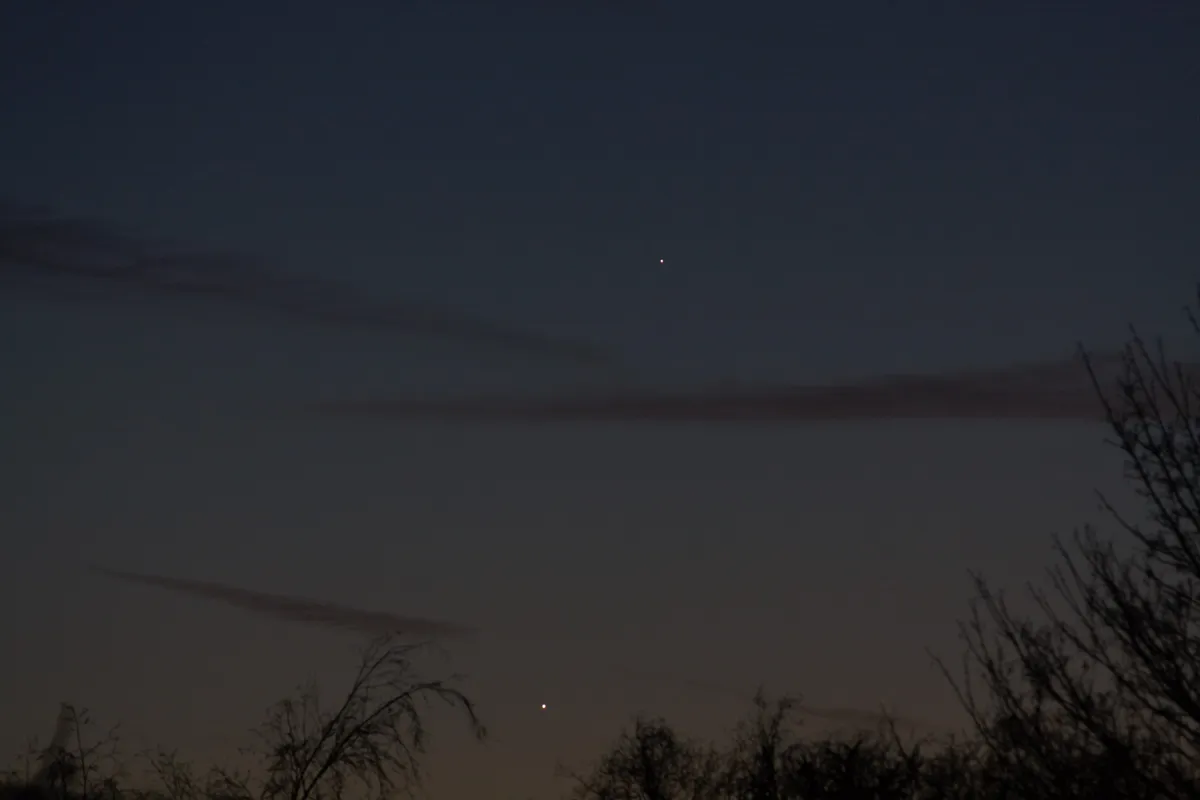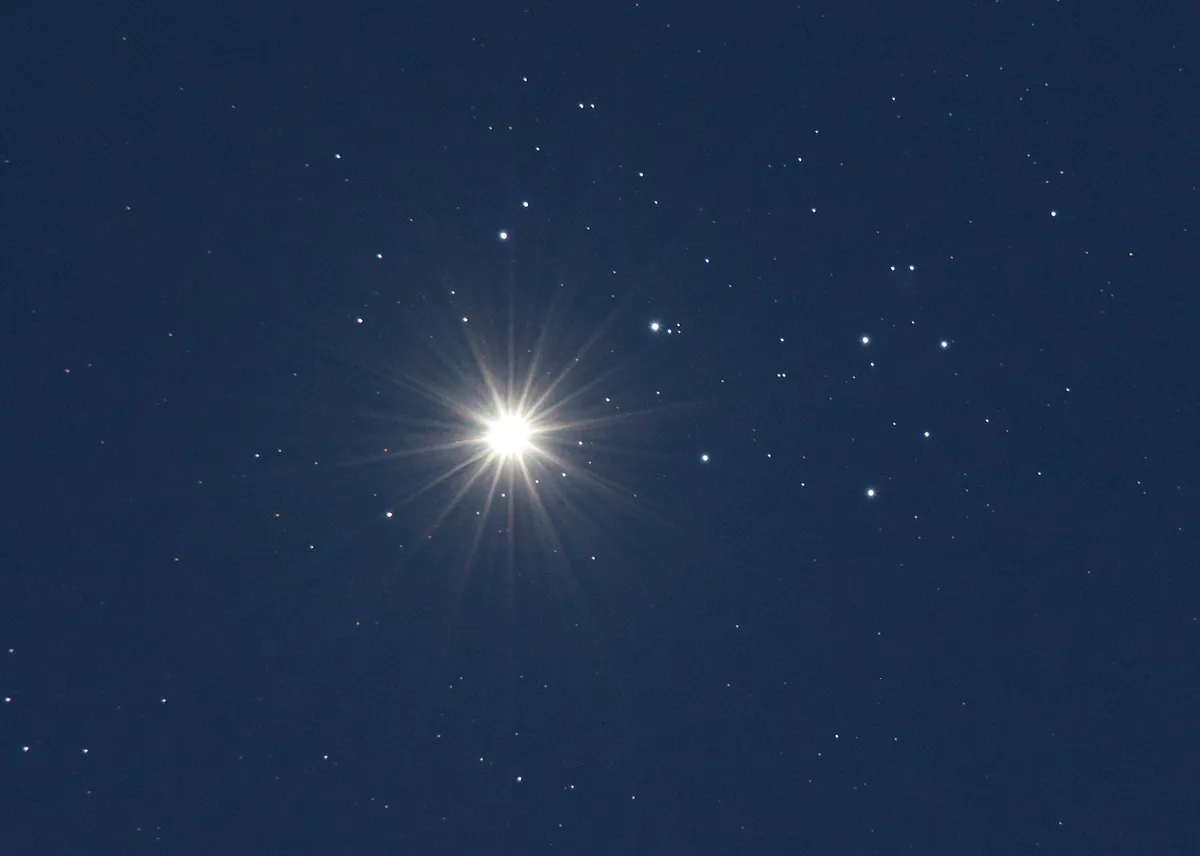In many ways, Venus and Earth are very similar. They are almost identical in size and mass and are relatively close in their distance from the Sun.
But in reality, the worlds could not be more different.
Not only is there the fact that Venus spins backwards, butVenus is also shrouded from view by thick clouds of sulphuric acid, which float in an atmosphere so dense the surface pressure is 92 times what it is on Earth: about the same as 1km underwater.
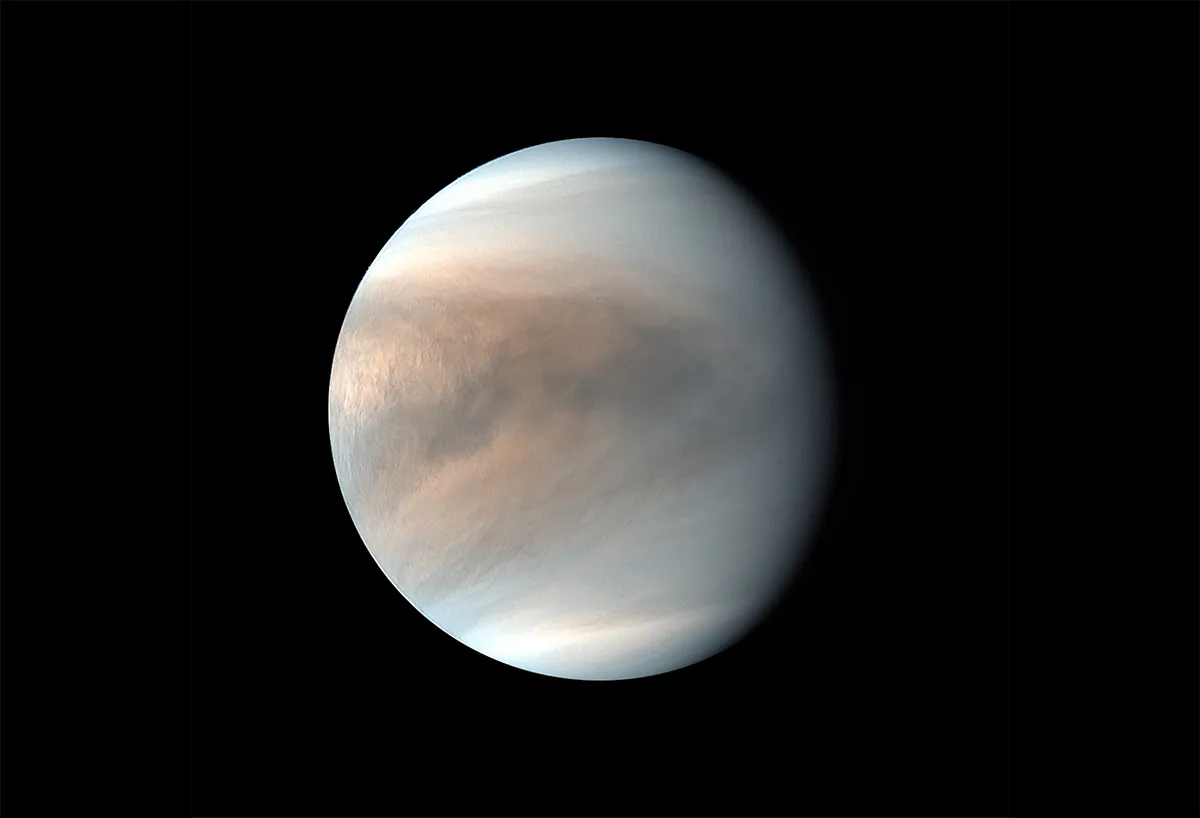
Temperatures on Venus are hot enough to melt lead as the planet is in the grip of a runaway greenhouse effect.
Venus was once highly volcanic, and this pumped out vast amounts of carbon dioxide.
On Earth, plate tectonics recycle the carbon from eruptions back into the rock, but Venus doesn’t have any tectonics.
Instead, carbon dioxide levels rose until it made up 95% of the atmosphere. This acts like an insulating blanket, trapping the Sun’s heat.
As the temperature rose, what water there was on Venus evaporated, forming a thick layer of swirling cloud that trapped even more heat, contributing to the creation of the planet's inhospitable conditions.
Recently, astronomers have managed to detect signs of phosphine on Venus, which could be evidence of microbial life in the planet's clouds.
Venus facts
- Diameter:12,104km (0.95 times Earth)
- Mass:4870 billion trillion kg (0.81 times Earth)
- Distance from the Sun:108 million km (0.72 AU)
- Length of day:117 days
- Length of year:225 days
- Number of moons:0
- Average temperature:464ºC
- No of spacecraft visitors:24
- Type of planet:Rocky

Why is it called Venus?
Venus is named after the Roman goddess of love, known as Aphrodite in the Greek pantheon.
It’s thought Venus earned its name from its intense brightness – the goddess was well known for her radiant beauty.
How to observe Venus
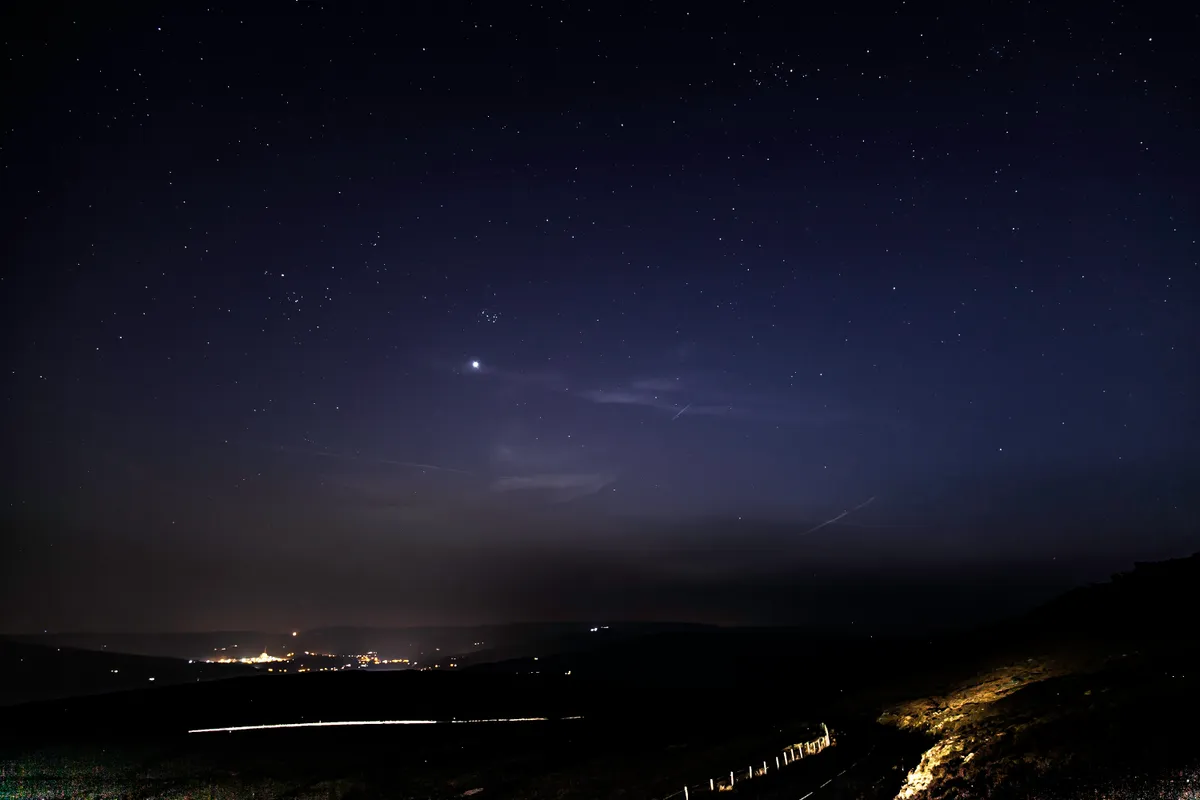
Venus is the brightest planet in the sky, outshining everything except the Sun and Moon.
However, as it is an interior planet (closer to the Sun than Earth), it’s only visible for a short window of time around dawn and dusk.
Though Venus can be visible during the day, we strongly recommend you only look for it when the Sun is below the horizon, to stop you accidentally looking directly at the Sun and damaging your eyesight.
The planet is bright enough to be seen with the naked eye, but if you look through a telescope or binoculars you should be able to see that only part of the planet is illuminated.
There are also a few phenomena worth looking out for to see if you can spot. One is the green flash of Venus, but the other is the ashen light on Venus, which is something of a mystery still debated to this day.
Or you could try the challenge of photographing a shadow cast by Venus.
And, unfortunately, few of us will live to see the next transit of Venus, which is due to take place in 2117. A transit of Mercury, however, is much more common.
What missions have explored Venus?

Venus is one of the most visited planets in the Solar System thanks to the Soviet Union’s Venera and Vega programmes that ran from 1966 to 1984.
This was an astonishing series of 18 spacecraft that viewed the planet from orbit, dropped onto its surface, and even floated through the atmosphere on the bottom of a 3.5 m wide balloon.
The intense heat, pressure and caustic atmosphere meant none of the probes lasted much more than an hour on the surface.
Due to the difficulties in landing, all other missions to Venus have been orbiters. Whether or not we could ever land a rover on Venus remains to be seen.
Venus missions
- Mariner programme (1962–67, NASA)
- Venera programme (1966–86, Soviet)
- Pioneer Venus (1978)
- Vega (1983; Soviet)
- Magellan (1990, NASA)
- Venus Express (2006, ESA)
- Akatsuki (2015, JAXA)
Pictures of Venus
Below is a selection of images of Venus captured by amateur astrophotographers and BBC Sky at Night Magazine readers.
For astro imaging advice, read our guide on how to photograph planets or our beginner's guide to astrophotography.
And if you do manage to capture an image of Venus, don't forget to send us your images or share them with us via Facebook, Twitter and Instagram.
